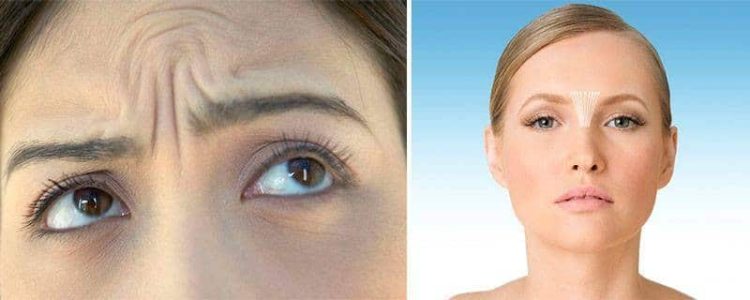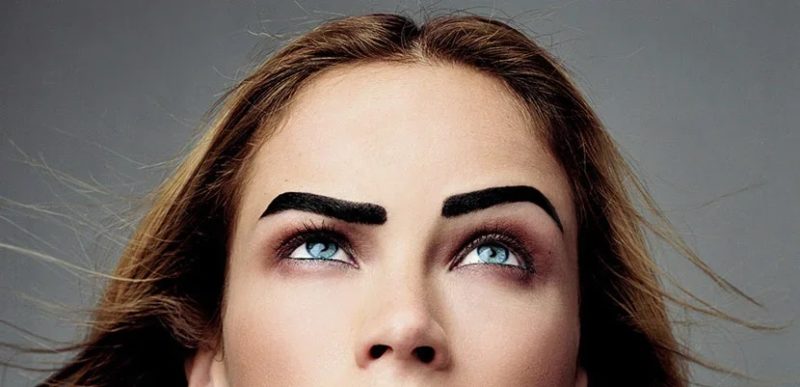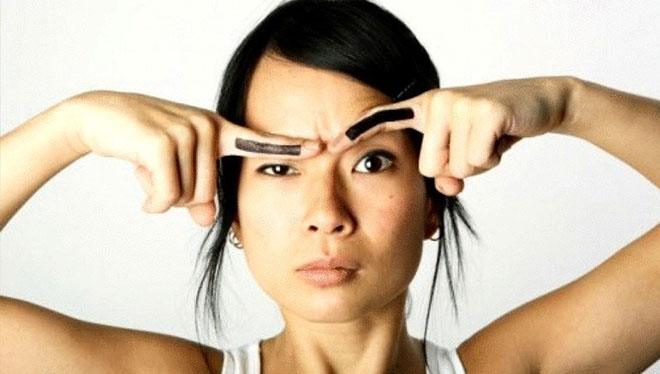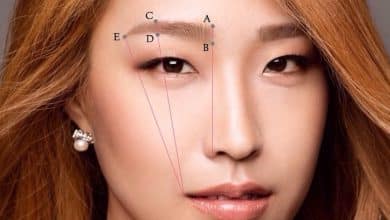Unlocking the Science of Furrowed Eyebrows: Causes and Interpretations

Furrowed eyebrows, those distinctive lines between the brows, have long fascinated researchers and intrigued observers. This facial expression, which involves the contraction of the corrugator supercilii muscle, holds significant meaning in non-verbal communication. Whether it’s a furrow of concern, concentration, or skepticism, understanding the science behind furrowed eyebrows can provide valuable insights into human emotions and thoughts. In this comprehensive article, we will delve into the causes and interpretations of furrowed eyebrows, shedding light on the physiological processes, emotional triggers, and societal implications associated with this facial feature.
Understanding Furrowed Eyebrows
Furrowed eyebrows, often referred to as frowning or wrinkled brows, are a facial expression characterized by vertical lines or creases between the eyebrows. This facial feature is significant as it plays a crucial role in non-verbal communication, conveying a range of emotions and thoughts. In this article, we will delve into the science behind furrowed eyebrows, exploring their causes and interpretations.
The Physiology of Furrowed Eyebrows
Furrowing of the eyebrows is primarily controlled by the corrugator supercilii muscle, located above the eyebrows. When this muscle contracts, it causes the skin between the eyebrows to wrinkle, resulting in a furrowed appearance. The corrugator muscle is innervated by the facial nerve, and its activation is often associated with negative emotions, stress, or intense concentration.

Causes of Furrowed Eyebrows
Emotional States
Furrowed eyebrows commonly accompany a range of emotional states. Anger, frustration, and anxiety often manifest as furrowed brows. The contraction of the corrugator muscle in response to these emotions is an automatic physiological response. It serves as a non-verbal cue to express inner feelings and can be observed across cultures.
Concentration and Mental Effort
Deep concentration and intense mental effort can also lead to furrowed eyebrows. When individuals are engrossed in a task that requires focus, such as solving a complex problem or studying diligently, they may subconsciously furrow their brows. This furrowing can enhance concentration and assist in blocking out distractions.
Medical Conditions
In some cases, furrowed eyebrows may be associated with underlying medical conditions. Chronic tension headaches, for example, can cause consistent brow furrowing due to persistent pain and discomfort. Neurological conditions like Parkinson’s disease or certain forms of dystonia can also contribute to the presence of furrowed eyebrows.
Interpreting Furrowed Eyebrows
Understanding the interpretation of furrowed eyebrows can be valuable in interpersonal communication. While it’s essential to consider individual differences and context, here are some common interpretations associated with this facial expression:
1. Concern or Worry: Furrowed eyebrows often convey concern or worry. When someone is troubled or preoccupied with a particular issue, they may furrow their brows as a visible expression of their thoughts and emotions.
2. Disapproval or Anger: Furrowed eyebrows can signify disapproval or anger, indicating that an individual is displeased with a situation or the actions of others. In such cases, additional facial cues, such as narrowed eyes or a tense jaw, may provide further insight into the person’s emotional state.
3. Concentration or Focus: As mentioned earlier, furrowed eyebrows can indicate deep concentration or intense focus. When someone is engrossed in a task or problem-solving, furrowing their brows helps shut out distractions and direct their attention entirely to the matter at hand.
4. Perplexity or Confusion: Furrowed eyebrows can be a sign of confusion or puzzlement. When someone is trying to understand something complex or encountering unexpected information, their brows may furrow as they mentally process and seek clarity.
5. Skepticism or Doubt: Raised eyebrows combined with a furrowed brow can indicate skepticism or doubt. This expression suggests that the individual is questioning or scrutinizing the information presented to them. It may indicate a need for further clarification or evidence before accepting something as true or valid.
6. Intense Thinking: Furrowed eyebrows can also signify deep thought and contemplation. When someone is pondering a complex problem or engaging in critical thinking, they may furrow their brows as they delve into their thoughts and explore different possibilities.
7. Pain or Discomfort: In certain cases, furrowed eyebrows may be a result of physical pain or discomfort. Chronic headaches, sinus problems, or eye strain can lead to continuous furrowing of the brows as the individual tries to alleviate their discomfort.
8. Cultural and Individual Variances: It is important to consider cultural and individual variations in interpreting furrowed eyebrows. While some interpretations may be universal, others can be influenced by cultural norms and personal traits. Understanding the broader context and considering other facial expressions and body language cues is crucial for accurate interpretation.
Conclusion
Furrowed eyebrows are a fascinating aspect of human non-verbal communication. They can convey a wide range of emotions, thoughts, and physical sensations. Understanding the causes and interpretations of furrowed eyebrows can help us better comprehend and interpret the signals we receive from others. Whether it is a sign of concern, concentration, skepticism, or pain, recognizing and appropriately responding to furrowed eyebrows can contribute to effective communication and interpersonal understanding.








